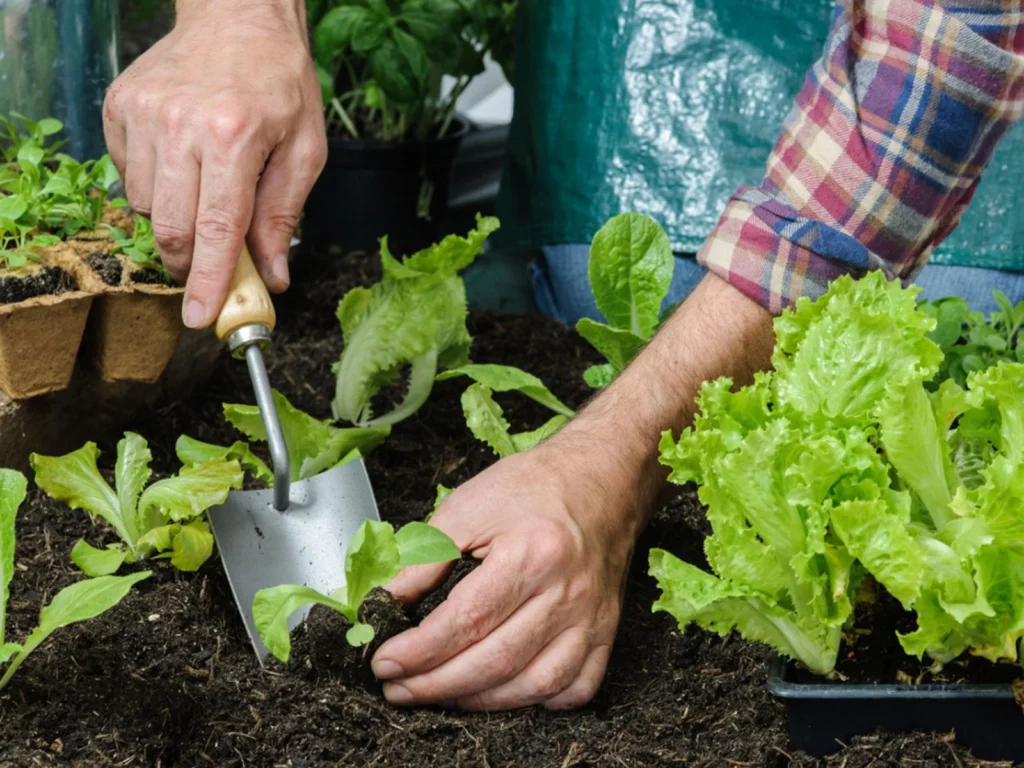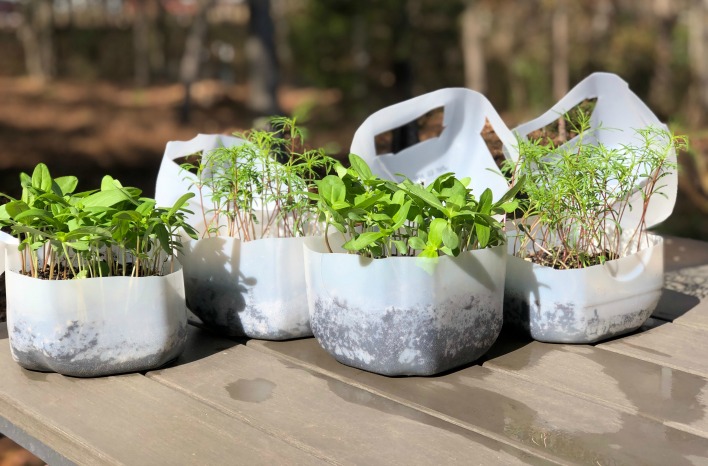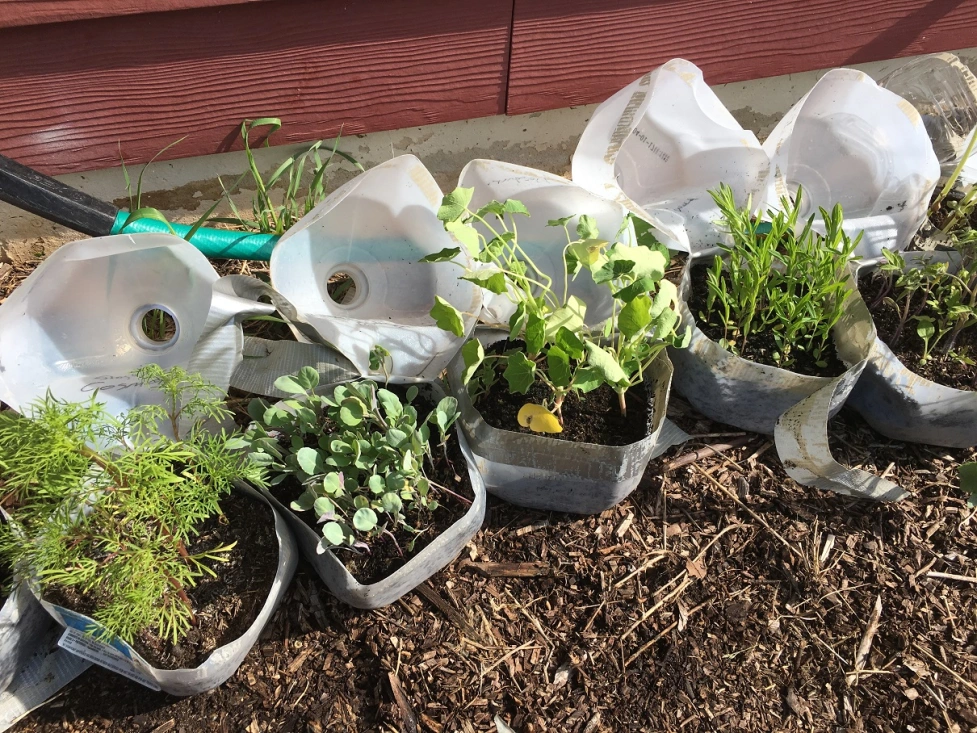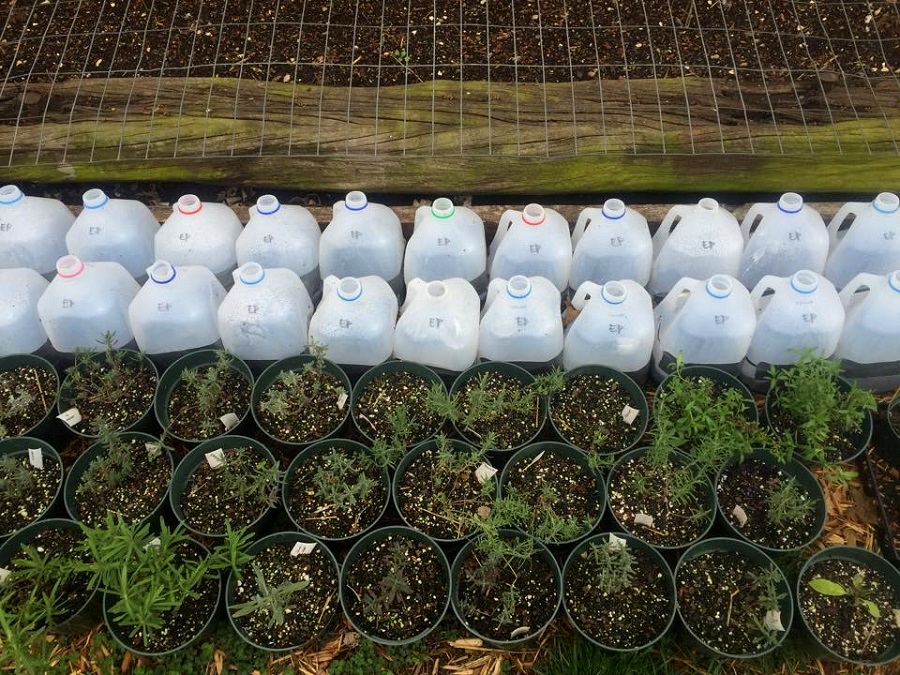When to start winter sowing?
It makes sense to plant seeds in the same way as seeds grow in nature. Seeds fall to the ground in late summer when left to their own devices. They gradually wrap themselves in leaves and other natural materials to begin their lengthy winter beneath the earth. When exposed to cold temperatures and damp circumstances, the winter sowing seeds break dormancy and germinate when temperatures rise in the spring. So, what exactly is winter sowing? Read this post to know more.
Winter sowing is the practice of growing seeds in a container outside during the winter months. The container will be left outside until the seedlings sprout in the spring. The container protects the seeds from animals and extreme weather, yet the seeds germinate when exposed to cooler temperatures. In addition, the container provides an optimal environment for germination.

What to Sow in Winters?
Some annuals, perennials, and wildflowers thrive throughout the winter. Examine a seed catalog, most will include some information regarding germination needs. Look for seeds that reseed, self-sow, are hardy, and can tolerate cold. Sow outdoors in late fall or early winter or sow outside in early spring while frosts may still occur, requires pre-chilling; and requires stratification.
In which month you should start winter sowing?
Depending on the weather in your location, the optimum time to winter sow perennials and hardy annuals is often from December to March. Before germination in the spring, these seeds require a sustained period of damp, chilly conditions. This is the appropriate winter sowing schedule.
Tender plants, such as fruits and vegetables, can be planted later in the spring of March or April since they do not require a cold spell to germinate. Also, remember that don’t start until after freezing temperatures are here to stay.

What are the benefits of winter sowing?
Seeds sown directly in the ground are at the mercy of Mother Nature. Heavy rains can carry them away; rodents, insects, and birds can eat them, they can desiccate in the wind, or they can decompose in the soil.
Plastic Container-grown seedlings are more compact and do not require hardening off before planting in the garden.
Winter seed sowing with right potting mix is ideal for those with limited indoor seed starting space. Germination does not necessitate the use of any special lighting or equipment.
How to winter sow the seed- in zones 4-6?
- Clean the container – In warm, soapy water, rinse a milk jug or other appropriate winter sowing containers. Take off the top. Remember rain and melting snow might enter the hole and moisten the soil.
- Cut the container — If you’re not using a hinged lid, slip a box cutter into the side of the jug, and cut all the way around, leaving roughly 1.5 inches so the top hinges open. Make use of a coffee cup with a marker on the top. Cut a straight line around the container.
- Make air holes – Poke drainage holes at the bottom of the container using a knife, screwdriver, or nail. This is critical because if you do not construct drainage holes, your seeds will drown! If you’re using a container with a hinged lid, make a few air holes in the lid’s top.
- Fill the jug with 2 to 4 inches of soilless seed starting media. Garden soil containing diseases and weed seeds should be avoided.
- Water the soil – Moisten the growth medium lightly and allow excess to drain.
- Sow the seeds – Follow the instructions on the seed package and sow seeds on the soil’s surface. Cover the seeds with dirt and gently pat them down.
- Seal the container – Use light-colored duct tape to seal the container’s cut edges. Keep the top open. Make holes for cleaners instead of tape for simple opening and closing without the stickiness of the tape.
- Label the container with a marker and record the seeding date. Insert the label into the container’s bottom.
Place it outside and walk away – Place the container in a location that receives winter sun. Because the seeds require moisture from rain and snow, do not place the container on a covered porch. They should be exposed to all the weather conditions in nature. If the weather is windy, consider storing containers in a milk crate.

Can you winter sow seeds that are not cold hardy?
Start winter sowing with any seed. On the other hand, cold-tolerant seeds are planted in the coldest months of the year to provide the necessary chilling time.
Any delicate or heat-loving seeds are planted later in the spring when overnight temperatures are unlikely to dip below freezing. At this point, the milk jug is merely acting as a mini greenhouse.
What is early winter sowing? Winter sowing schedule-
Sow seeds that will require weeks or months in calendar of stratification.
In addition to native plants, trees, shrubs like lavender, and vines, this category contains several floral perennials and cold-tolerant veggies.
The sowing season in zone 6 is December and January.
What is mid-winter seed sowing?
Plant cold-tolerant perennials or annuals.
The winter-sow season in zone 6 is February and early March.
Some examples for sowing are Brussels sprouts, bee balm, and pansies.
Late Winter / Early Spring Sowing?
Tender annuals, such as flowers and vegetables, do not require stratification and demand steady temperature.
The late winter sow technique is used in late March and early April.
Cosmos, zinnia, tomato, and eggplant are among the examples.
What types of jugs can be used to grow plants?
Milk Jugs: Milk jugs are the perfect container for winter planting seeds in general. Jugs in January and February for spinach and other greens, along with 2-liter water bottles tape two bottoms together, so you get more height for your seedlings to grow in.
Water Jugs: You can also obtain gallons of water in equivalent jugs for a fair price and begin winter sowing.

Winter sowing plants – what are winter sowing plant examples?
Classic cool-season vegetables such as broccoli, cauliflower, and cabbage are some tasty possibilities for winter planting. Leafy greens such as lettuce, kale, and Bok choi are also hardy annuals. Herbs like sage, oregano, dill, and mint are all excellent options for winter seeding.
Vegetables for winter sowing-
- Arugula
- Asian Greens
- Kale
- Lettuce
- Peas
- Radish
- Cabbage
- Cauliflower
- Cress
- Spinach
- Spring Onions
- Swiss Chard
- Beets
- Bok Choi
- Broccoli
Annual flowers for winter sowing
- Amaranth
- Bachelor’s Buttons
- Cosmos
- Strawflowers
- Sweet Peas
- Zinnias
- Bells of Ireland
- Calendula
- Marigolds
- Poppies
- Sunflowers

Another reason to enjoy winter sowing is that it helps to get back into the gardening flow before the weather permits.
Winter sowing in gardens helps you to start gardening in the winter without having to cope with the unpleasantness of winter. You may start the seeds indoors, then put them outside and let nature take care of the rest.
